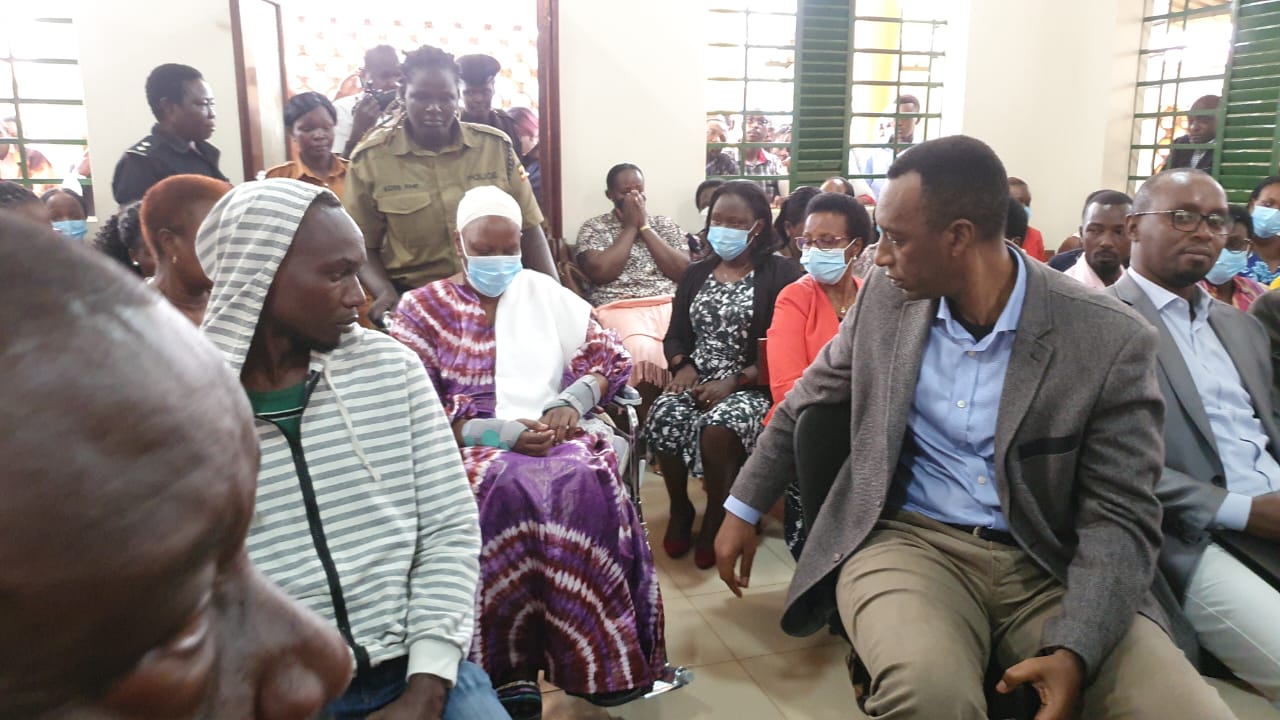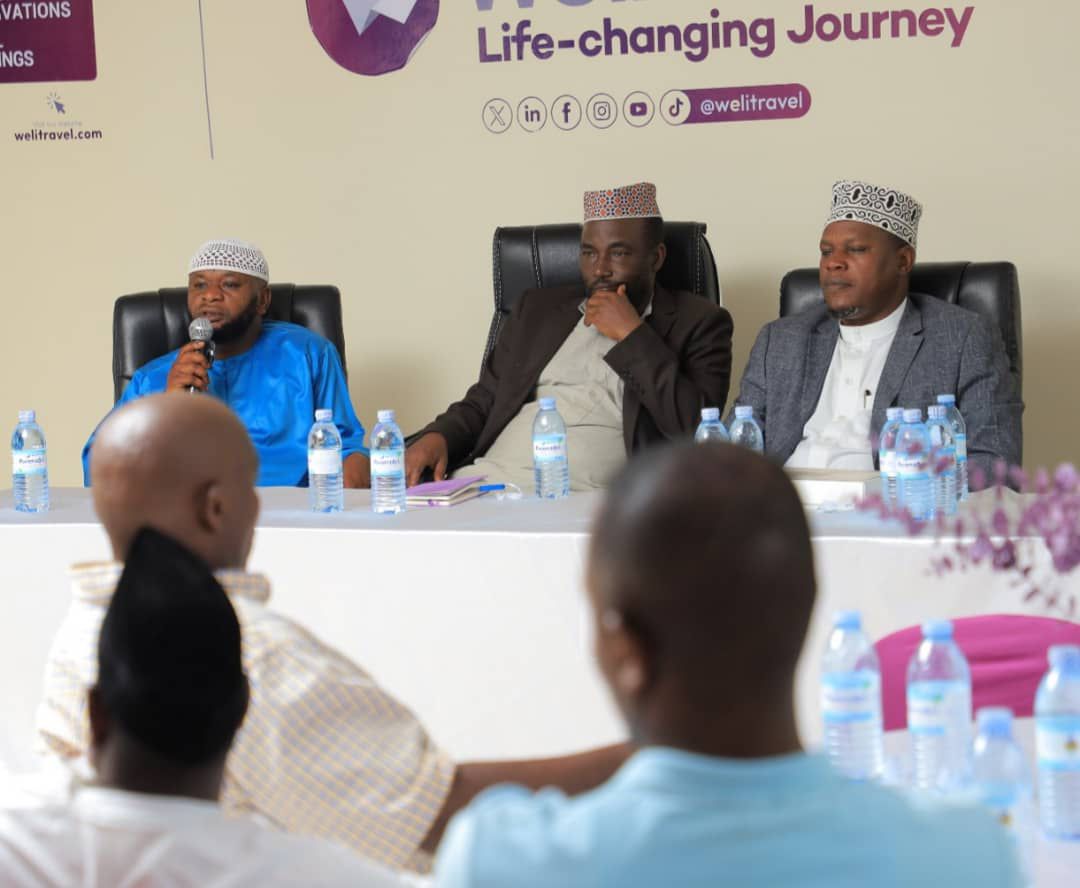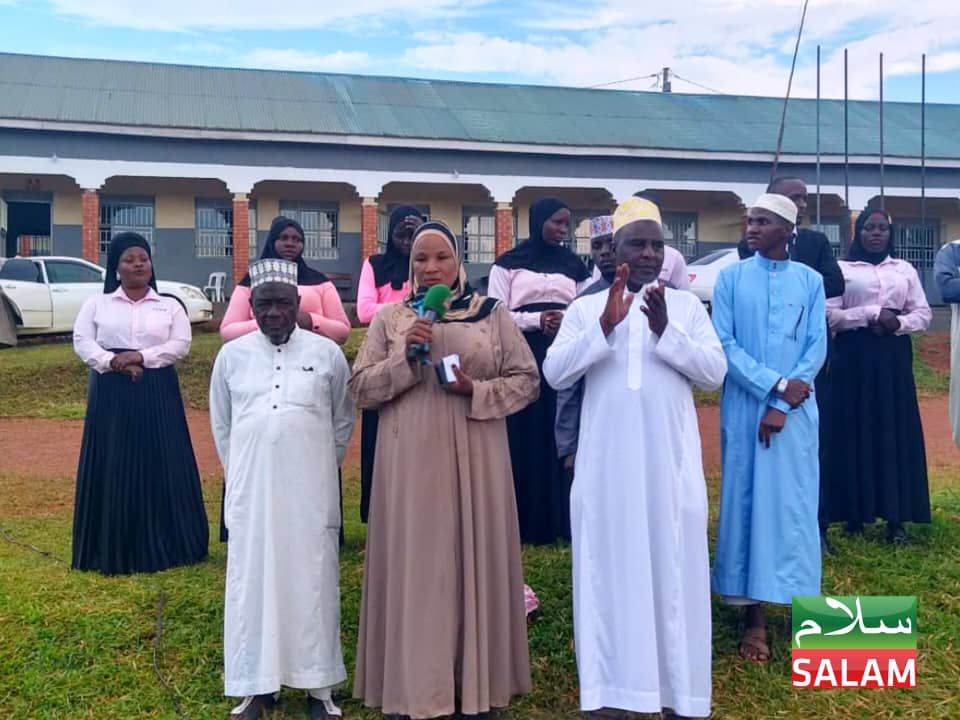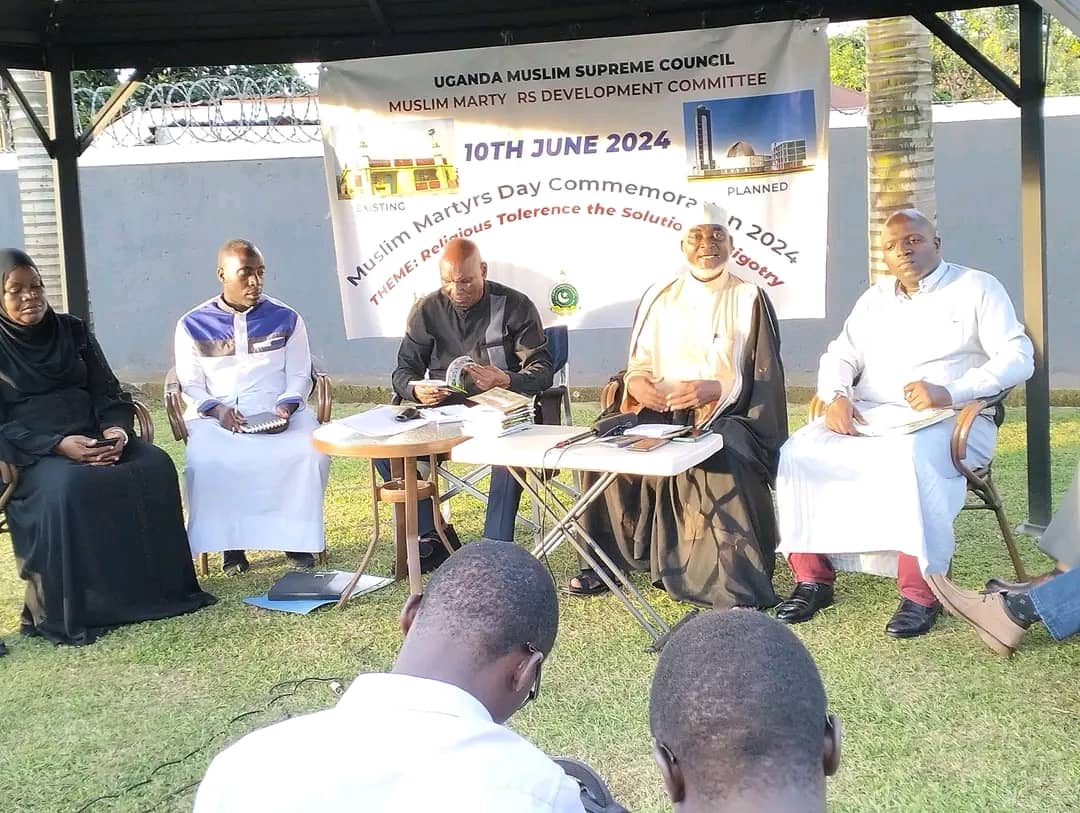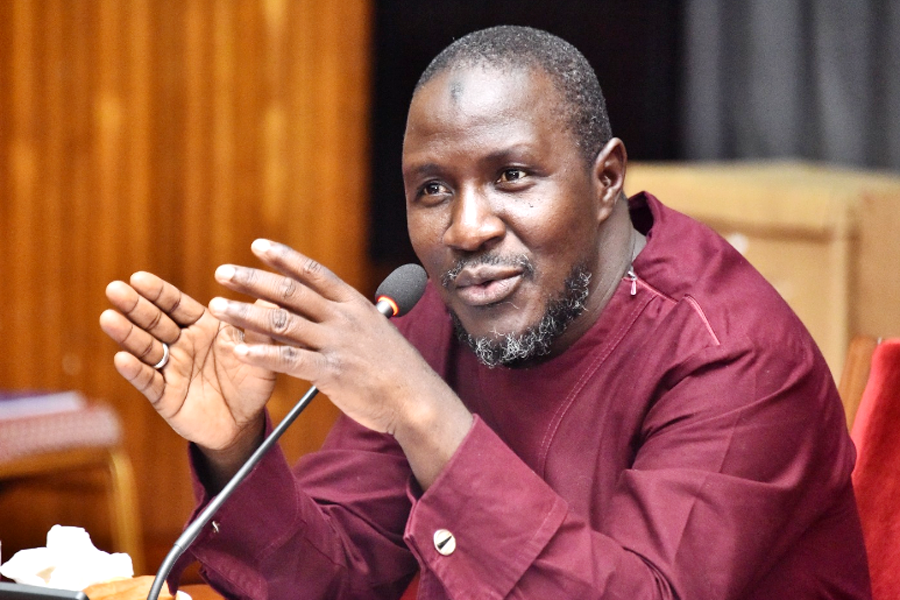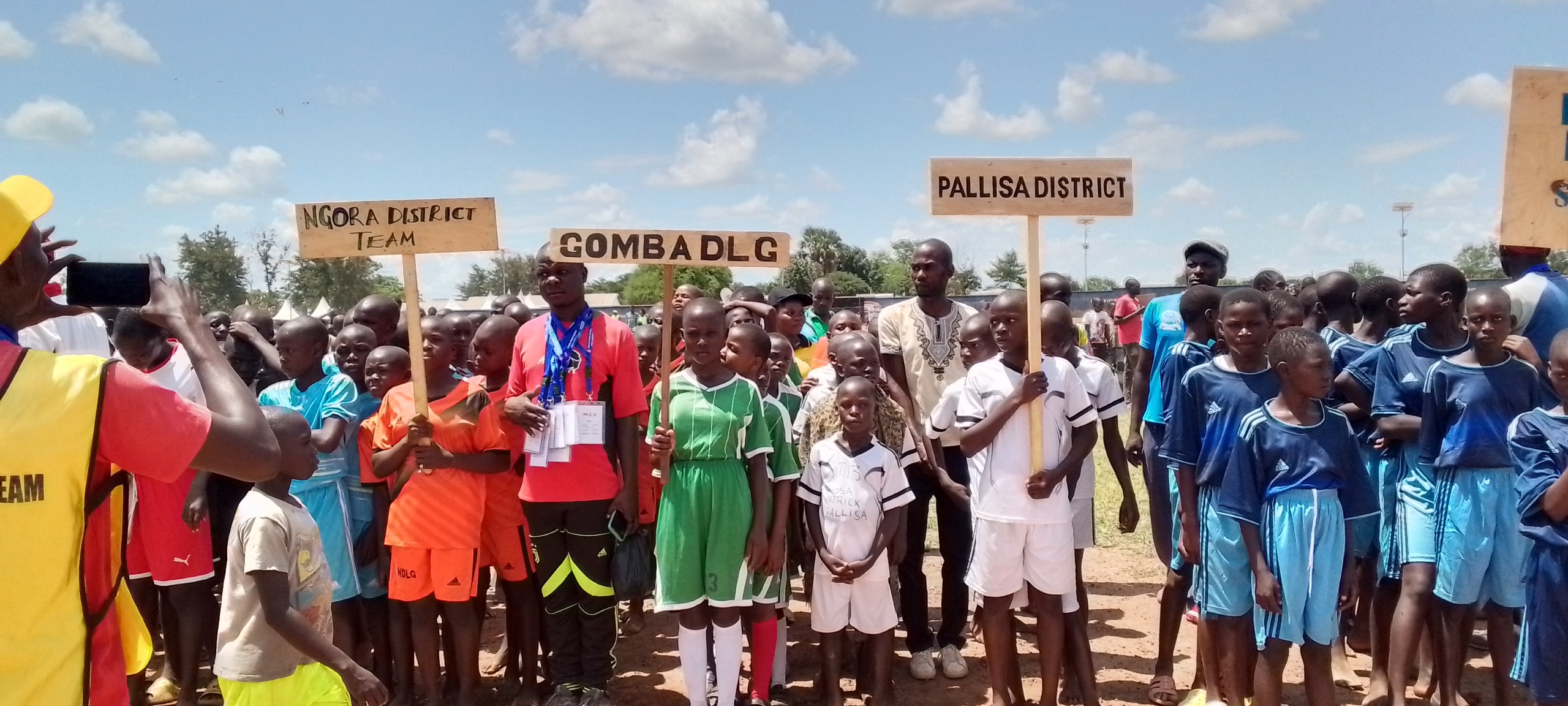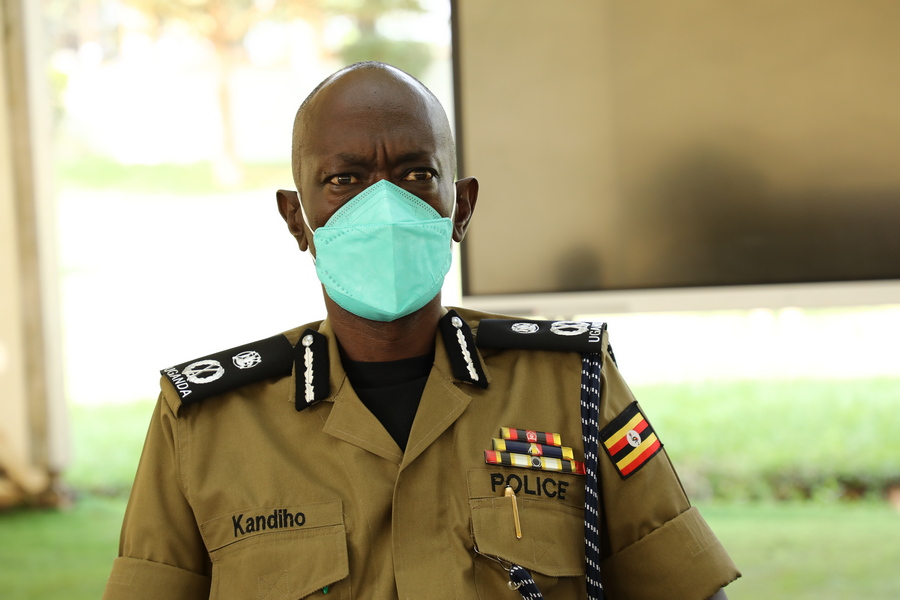DE BRIEF: Cut the crap, give us a future where floods no longer claim lives with impunity
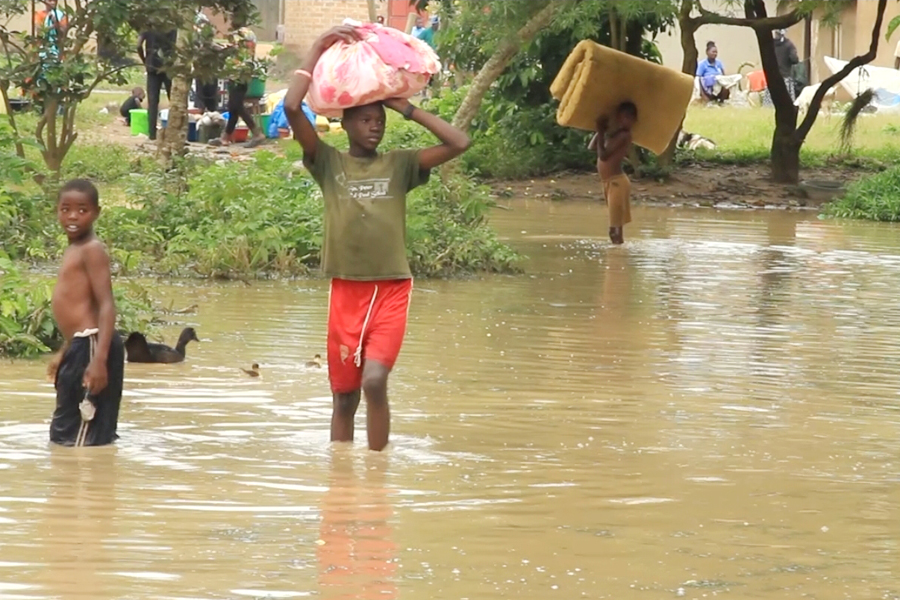
You probably are reading this in a very chilly weather or you at least experienced it accompanied by a downpour this week. The rain is much needed by the farmers who carry the country’s production on their back for this particular season, the only difference is that the rain has become so heavy lately.
Not just heavy but also unbearable. Not that it is a new thing, but government over time with its experience has not had a solution to mitigate effects of the heavy rains. This afternoon on the De Brief, we centre the discussion around that.
___________________________________________________________________
While Uganda natural climatic is moderate, the country is experiencing more extreme weather events, like unpredictable rainfall patterns. This leads to floods in the lowlands, landslides in the mountains, and long droughts across the country.
These events damage property, cause loss of life, and hurt people's ability to make a living.
The numbers are stark. Over the past century, Uganda has faced numerous floods, droughts, and landslides. These disasters have caused over 200,000 deaths and economic losses exceeding $80 million.
We can go as far back as 1990, but I will restrict myself to 2021 and 2024. In February 2021, a tragedy struck Buhweju District. Heavy rains triggered a landslide in Karungu Sub-county, burying a house and tragically killing at least seven people.
This landslide's victims included children, highlighting the event's devastating impact.
In May 2021, the same year - Butaleja District faced the brunt of severe flooding. The relentless downpour caused rivers to overflow their banks, displacing thousands of residents from their homes.
The floodwaters wreaked havoc, damaging houses, destroying crops, and blocking roads, disrupting transportation and livelihoods.
In the same month and year, May 2021 - another disaster struck Kasese in, this time in the form of a landslide triggered by heavy rainfall.
This particular month proved to be a difficult month for Kasese, as it witnessed not only a landslide but also deadly floods. Three fatalities and injuries caused by these events were reported. The Red Cross also documented the evacuation of 19 households due to landslides.
In July 2021, heavy rains caused flooding returned to Kasese. The overflowing rivers inundated 30 villages, damaging homes, livelihoods, crops, and roads.
The situation was not much better in the Northern Region, where rising water levels on Lake Kyoga caused flooding that displaced hundreds of households in Kalaki, Kakure Subcounty, in Kaberamaido District.
Kasese seems particularly susceptible to flooding, as evidenced by another flooding event reported in September 2021. So in just 1 year, disaster struck thrice.
At the same time, Eastern Uganda bore the brunt of severe flooding and landslides in the same month and year September 2021, triggered by heavy rains. Impacting was witnessed in four districts: Sironko, Kapchorwa, Mbale, and Kween.
This widespread disaster resulted in at least one confirmed fatality and injuries to three people.
Floods couldn’t wait for 2022, and as soon as it began in January 2022, tragedy struck Kisoro district when heavy rainfall caused flooding on the slopes of Mount Muhavura.
 Landslide buried several households in Bududa in October 2018 | Courtesy
Landslide buried several households in Bududa in October 2018 | Courtesy
The floodwaters caused widespread destruction, damaging homes, roads, and critical infrastructure. The affected sub-counties included Nyarusiza, Muramba, and Bunagana. At least nine people lost their lives in this disaster.
Same year, Uganda witnessed widespread flooding across various regions between April and May 2022. The relentless heavy rains triggered mudslides and landslides, particularly in the Eastern and Western Regions.
The flooding impacted nearly 7,000 people, displacing over 3,200 and destroying around 650 homes. Bulambuli seemed to be the worst affected, with flooding reported on 28th April.
No fatalities were reported.
Eastern Uganda faced another catastrophic flooding event in July 2022. The relentless downpour caused rivers to overflow their banks and triggered landslides, leaving a trail of destruction.
At least 10 people lost their lives, and hundreds were left homeless. The affected areas included Mbale, Kapchorwa.
Just last year around this time in may, six people died after heavy rain triggered landslides in Kisoro District in Western Uganda Region. Five members of the same family died when a landslide struck their home in Biizi village in Murora Sub-County.
Another person died in a separate incident in Gihuyaga village, also in Murora Sub-County, one person was injured and taken to hospital.
It is May once again, and a new projection by the Uganda National Meteorological Authority shows that the first rainy season in 2024 will have more rainfall than last year.
In short, what has happened before is bound to happened again. Shall we sit on and watch? The perennial floods that ravage Uganda, claiming lives and destroying homes and property, raise a haunting question: why have government efforts failed to yield meaningful results year after year?
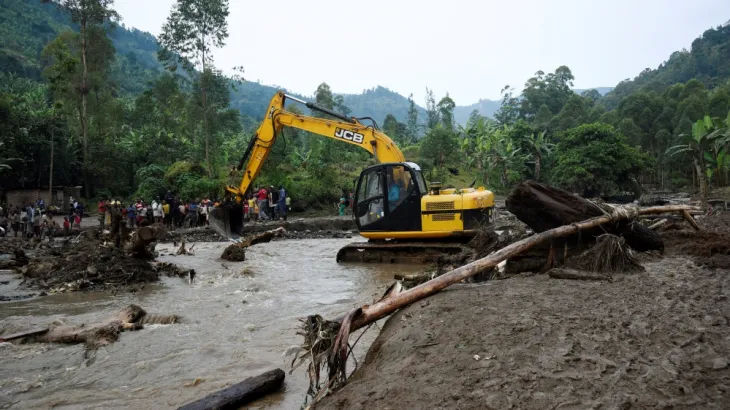 At least 41 people killed in eastern Bududa district after heavy rains caused landslide | Courtesy-Al Jazeera
At least 41 people killed in eastern Bududa district after heavy rains caused landslide | Courtesy-Al Jazeera
Despite promises of relief and prevention, the cycle of devastation continues unabated. Is it time to confront the inadequacy of current approaches and explore alternative solutions?
The Ministry of Disaster Preparedness, responsible for mitigating the impact of floods, seems woefully under-equipped to tackle the scale of the problem. Inadequate funding, inefficient response mechanisms, and a lack of proactive measures have become the norm.
The government's reliance on reactionary measures, such as providing aid after the fact, only scratches the surface of the issue. It's a Band-Aid solution that fails to address the root causes of the problem.
Moreover, the government's approach often prioritizes political interests over the needs of affected communities. This is evident in the slow response times, inadequate resource allocation, and lack of transparency in relief efforts.
The affected populations are left to suffer, while those in power seem more concerned with maintaining their grip on power than with genuinely helping those in need.
Is it time to resist the status quo and demand more from government. The Ministry of Disaster Preparedness needs to be equipped with sufficient resources, including funding, personnel, and technology, to effectively mitigate the impact of floods.
This includes heavy investing in early warning systems, flood-resistant infrastructure, and community education programs. Yes, they’ve done it, but why hasn’t the status quo changed? It means the government is only scratching the surface.
Shouldn’t we explore new, tech-based solutions adopted from other countries that have successfully mitigated the impact of disasters like floods.
For instance, countries like Japan and the Netherlands have implemented innovative flood control measures, such as advanced water management systems and flood-proof architecture. Is it possible for Uganda can learn from these examples and adapt them to its unique context?
Lastly, the recurring floods that ravage Uganda demand a new approach. It's time to move beyond the usual climate talk and lip service, inadequate government efforts of the past and embrace innovative solutions that prioritize the needs of affected communities.
At De Brief, we believe - we can work towards a future where floods no longer claim lives and destroy homes with impunity. The people of Uganda deserve better.


